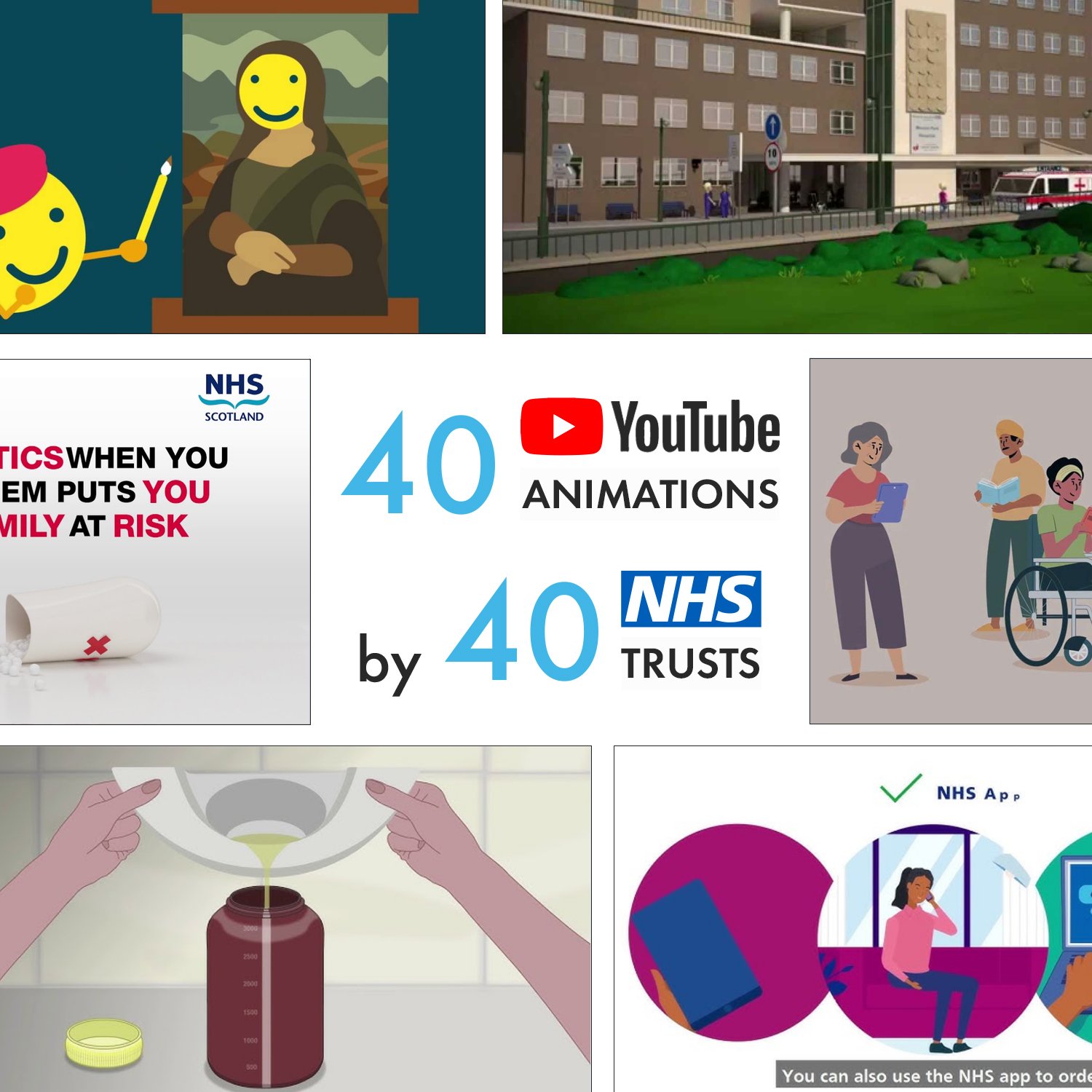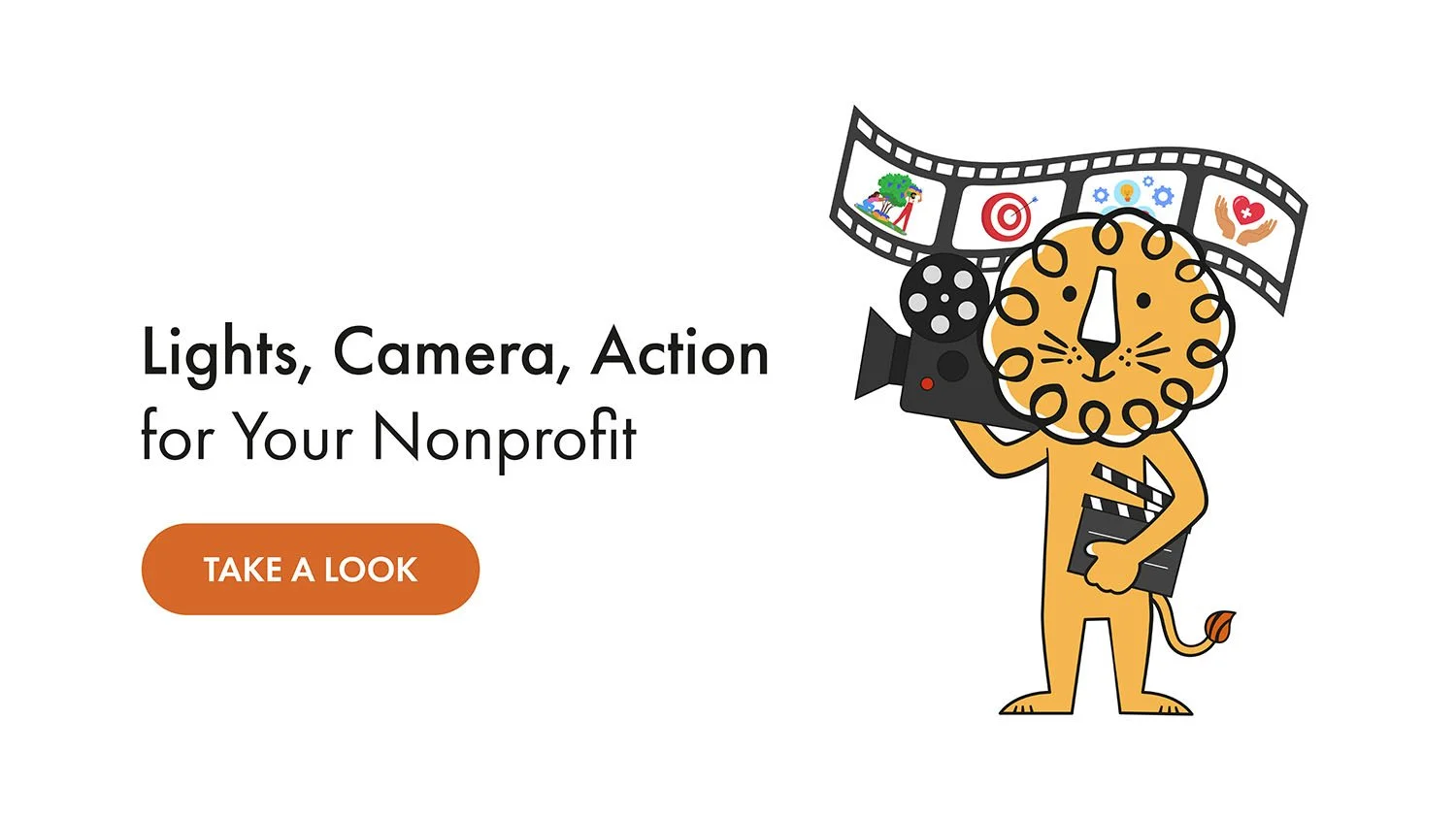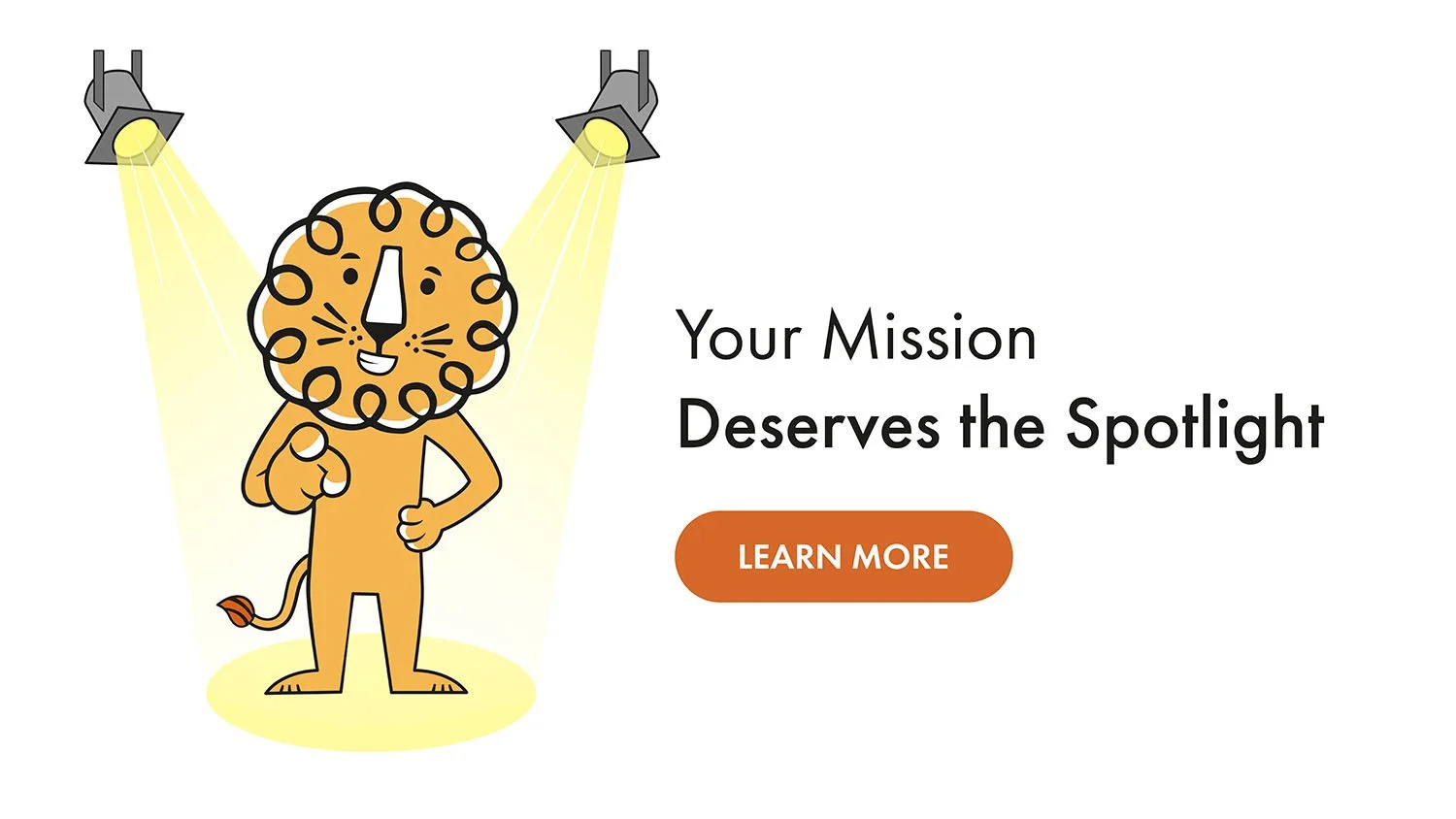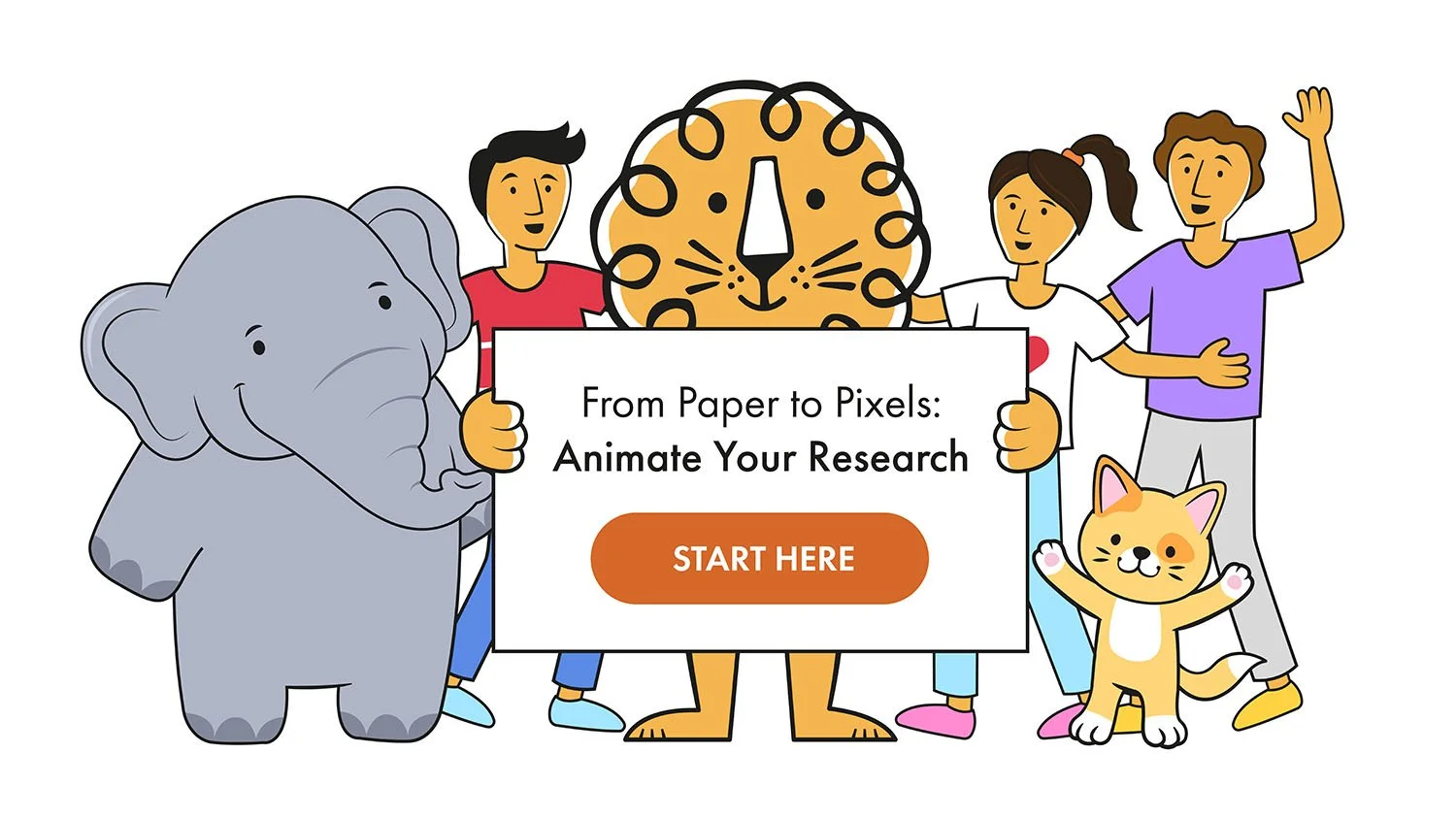NHS Animation Insights: What 40 NHS YouTube Channels Taught Us
The NHS has quietly become one of Britain's most prolific animation studios. Not literally, of course—they're still busy keeping us alive—but their YouTube channels are packed with animated explainer videos that turn medical jargon into something your nan could understand.
At Leon! Animation Studio, we're a 2D animation company that specialises in creating NHS animations and healthcare explainer videos. We've worked extensively with NHS trusts and healthcare organisations, producing animated videos that make complex medical information accessible. Check out our NHS animation portfolio here.
Since 1948, the NHS has been adapting to serve the public better. These days, that means swapping dusty leaflets for NHS animated videos that actually make sense. Our healthcare animation analysis dives into 40 NHS YouTube channels to see how they're using animation to educate, inform, and occasionally entertain millions of viewers.
Still from Birmingham Women’s and Children’s NHS Trust’ “How ground source heat pumps work” NHS animation.
From complex surgical procedures to mental health awareness, NHS animated videos tackle everything with remarkable clarity. It's healthcare animation done right—no fancy studios required, just clear thinking and solid storytelling.
Speaking of nonprofit and healthcare video trends, we've noticed similar patterns across different sectors. Our analysis of the top 40 nonprofit animated videos revealed fascinating insights about how charitable organisations (including healthcare) use animation to communicate their missions.
Live Action vs NHS Animation: The Content Split
Before dissecting the NHS animation landscape, let's examine the broader picture. Analysing the 20 latest videos (both animation and live-action) from 40 different NHS YouTube channels reveals some interesting patterns.
Live action dominates with 86% of NHS video content, which makes sense—nothing beats a real doctor explaining real procedures. NHS animated videos claim 11% of the territory, while mixed formats and audio-only split the remaining 3%.
That 11% might seem modest, but we're talking about a significant chunk of NHS video output—and these are the ones designed specifically to explain complex medical information through animation.
But we're not here for the live action footage—we're an animation studio after all. Let's focus on where art meets healthcare: NHS animation.
Dissecting NHS Animated Video Trends
Before we dive in, let's acknowledge the mild absurdity of an animation studio doing statistical analysis. We spent an afternoon trawling through YouTube channels from 40 different NHS organisations—everything from individual trusts like Guy's and St Thomas' and North Bristol NHS
Trust to broader channels like NHS England, NHS Inform, and NHS Jobs. We picked the most-viewed animated video from each channel and started counting things like comments, likes, and voiceover gender splits.
Are we qualified statisticians? Absolutely not. But we examined scripts, tones, viewer engagement, comments, and visual approaches to understand what makes effective NHS animated videos tick.
This wasn't just number-crunching—it was detective work into how the NHS uses animation to make complex medical information accessible to everyone.
Language, Engagement, and the Numbers Game
English dominates NHS animated videos at 96%—unsurprising given the NHS is based in the UK, though some trusts are experimenting with multilingual healthcare animations for diverse communities.
Here's the data: these 40 NHS animations represent the most popular animated videos from each channel. They average 253,676 views, 1,660 likes, and just 9 comments. Picture a football stadium where everyone's watching, a few thousand applaud, but only nine people actually shout something back.
Here's what's surprising: videos with 250,000+ views averaging just 9 comments. That 297:1:13 (views : comments : likes) ratio is pretty unusual for YouTube content.
Still from NHSGGC’s “Breast Cancer Screening” NHS Animated Video
What's happening here? The likes signal appreciation and the comments—when they do appear—often contain personal stories, medical questions, or additional insights from healthcare professionals.
NHS Animation Comments: Quality Over Quantity
While NHS animated video comments are rare, they're remarkably rich when they do appear. With 68% of videos allowing comments (possibly to avoid trolls abusing the space—without enough staff to review comments regularly and ensure a safe space, many opt to simply turn off comments), these sparse sections become concentrated medical discussions rather than typical YouTube chatter.
The comment types reveal why healthcare animation generates such focused engagement:
• Personal Testimonies and Gratitude: One viewer commented: "This is a great video! I am an adult currently undergoing radiotherapy... Thank you for putting this video together. You are helping many!"
• Practical Advice: Another added: "You forgot to mention that you need to keep your urine cool and refrigerate..." This viewer responded to an NHS animated video about 24-hour urine collection.
• Questions and Confusions: "I'm a little confused on what happens with the belly button."
Critiques and Feedback: "bad cgi"—not all feedback is glowing
Professional Praise: "excellent video. Everyone to whom I have shown this has been very impressed... by the compelling narrative"
Unexpected Humour:"I swear this is gonna be a world
Classroom Reality: "my teacher made us watch this"
Breaking Down NHS Animations’ Anatomy
Now for the forensic bit—what's actually inside these healthcare animated videos? We dissected everything from duration to tone, seeking the DNA of effective NHS explainer animation.
The goal wasn't just analysis but understanding: what makes some NHS animated videos memorable while others disappear into the digital void?
Video Duration: Is Shorter Really Better?
NHS animated videos average 3 minutes and 20 seconds. Analysing duration trends over time reveals older NHS videos were slightly shorter, but this pattern is barely detectable. The NHS seems to think 3:20 is their sweet spot—like a pop song. At Leon!, we beg to differ.
At our 2D animation studio, we prefer much shorter videos—typically 60-90 seconds. We've noticed viewers tend to switch off after that point, especially when there's always another pop video ready to grab their attention. Plus, most animation studios charge per minute, so three minutes costs double what 90 seconds would. Often less is more—for both attention spans and budgets.
This aligns with our broader thinking about creating effective nonprofit videos on tight budgets, where strategic brevity often trumps lengthy explanations.
NHS Explainer Video Narration: Finding the Right Voice
Voiceover choice can make or break healthcare animation. The wrong voice turns medical information into either corporate drone-speak or patronising oversimplification.
NHS animated videos favour female narration at 61%, with male voices at 33% and mixed-gender narration in 6%. This reflects broader animation trends across healthcare communication.
Comparing this to our previous research on nonprofit animation (70% female) and corporate animation (64% female), the NHS sits comfortably in the middle. They need authority without intimidation, warmth without condescension. We explored this voiceover dynamic in detail in our guide on finding the right voiceover artist.
Tone analysis reveals NHS animation averages 2.16 on our 0-5 scale (0 being purely informational, 5 being highly emotional). This suggests NHS animations hit the perfect sweet spot—informative enough to educate, emotional enough to connect.
Still from Gloucestershire Hospitals NHS Foundation Trust’ “Postnatal Information Animation” NHS animated explainer
NHS animated videos maintain a brisk 150 words per minute—fast enough to stay interesting, slow enough for complex information to sink in. This pacing works particularly well for healthcare animation, where viewers often need time to process medical terminology.
Script analysis reveals several consistent approaches across NHS explainer videos:
• Direct Address: NHS England's "How to access your GP practice" speaks directly to viewers using inclusive language that makes healthcare navigation feel personal and manageable.
The script communicates safety and convenience during pandemic conditions, offering clear options for contacting healthcare professionals without creating additional anxiety.
• Personal Stories: Sheffield Teaching Hospitals' "Rita May's Story" transforms abstract radiotherapy into a relatable human journey.
Health and Safety Focus: NHS explainer animations consistently emphasise prevention and self-management, empowering viewers with knowledge rather than creating dependency on healthcare services.
Supportive Instruction: The tone remains instructional yet warm—medical authority tempered with human understanding.
Clear Calls to Action: Most NHS animated videos conclude with specific, actionable next steps rather than vague encouragement.
Visual Analogies: Complex medical concepts become accessible through smart comparisons that actually stick.
Beyond Voice: The Complete NHS Animation Package
Subtitle strategy splits NHS animated videos almost evenly: 46% embed open subtitles (burnt-in captions that can't be removed) directly into videos, while 54% rely purely on visuals and narration.
For videos without open subtitles, only 22% offer toggleable closed captions (the optional subtitles viewers can switch on/off via YouTube's settings). You can't have both open and closed captions on the same video—they'd literally overwrite each other. Closed captions also offer multilingual opportunities, allowing NHS trusts to serve diverse communities with subtitles in English, Spanish, French, or whatever languages their local population needs.
This represents a missed accessibility opportunity. Healthcare animation should accommodate hearing-impaired viewers, non-native English speakers, and those watching in sound-sensitive environments. We've written extensively about designing subtitles for accessibility, and these principles apply equally to healthcare animation.
Comparing NHS subtitle usage to our previous research shows interesting patterns: corporate animations lead with 53% using open captions (burnt-in subtitles), NHS animations sit at 46%, while nonprofit animations lag at 28%. For closed captions (the toggleable ones), NHS animations (22%) and nonprofits (23%) actually perform better than corporate work (19%)—healthcare and charitable sectors are ahead in making optional subtitles available.
Ironic, really—corporate videos are more accessible than healthcare or nonprofit ones.
Music appears in 70% of NHS animated videos. The right background track can make medical topics feel less intimidating while keeping things professional.
Still from Sheffield Teaching Hospitals NHS Foundation Trust’ “Rita May’s Story” NHS animated explainer
Character animation dominates NHS animated videos at 95%, showing clear preference for full animation over minimalist approaches. This makes sense—while simple icons work brilliantly for tech companies, healthcare needs that human touch. Moving characters convey emotion and empathy that geometric shapes simply can't match.
Humour appears in just 18% of NHS animated explainer videos—understandably cautious territory for medical information. When used well, gentle humour can reduce anxiety and increase retention, but the balance requires careful consideration.
Leicestershire Partnership NHS Trust's "Resilience but what is it? Here's 5 ways to build resilience" demonstrates skillful humour integration, using smartphone analogies and playful animation to make mental health concepts accessible without trivialising serious topics.
The script employs familiar technology comparisons—"phones are getting smarter, just like you"—paired with animated characters engaging in relatable activities like painting and cooking. This approach makes mental health feel manageable rather than clinical.
Conclusion: What Makes NHS Animation Work
Of course, these 40 NHS animations represent the success stories—we deliberately chose the most popular animated video from each channel. Somewhere out there are NHS animations with 52 views gathering digital dust, which raises an important question: when does animation actually make sense?
As we noted in our research, 93.5% of nonprofit videos are live-action rather than animations. Animation excels in particular contexts—like bringing future plans to life or explaining complicated processes. But it's not always the right choice. Sometimes a real doctor explaining a real procedure beats any animation, no matter how polished.
Still from Dorset Healthcare University NHS Foundation Trust’ “This is Me and DLD” NHS explainer video
NHS animated explainer videos demonstrate several key strengths: strategic use of female narration, moderate tone that balances authority with approachability, and consistent focus on clear, actionable health information.
The preference for character animation (95%) shows NHS commitment to human-centred healthcare communication, while selective humour use (18%) demonstrates appropriate caution around sensitive medical topics.
However, opportunities exist for improvement, particularly in accessibility features like closed captions and multilingual options for diverse communities.
At Leon! Animation Studio, our 2D animation company specialises in healthcare animation and NHS explainer videos that combine medical accuracy with clear visual storytelling. We've worked extensively with NHS trusts and healthcare organisations, creating animated health videos that inform without intimidating.
Whether you need NHS animation support or healthcare explainer video production, our animation agency understands the delicate balance between medical authority and human accessibility. Let's create healthcare animation that actually helps people understand their health.
Want to discuss your next NHS animation project? Or is there something about NHS animation you'd like us to explore in future blogs? We'd love to hear from NHS trusts, healthcare organisations, and medical teams looking to make complex information accessible through animated videos.






















